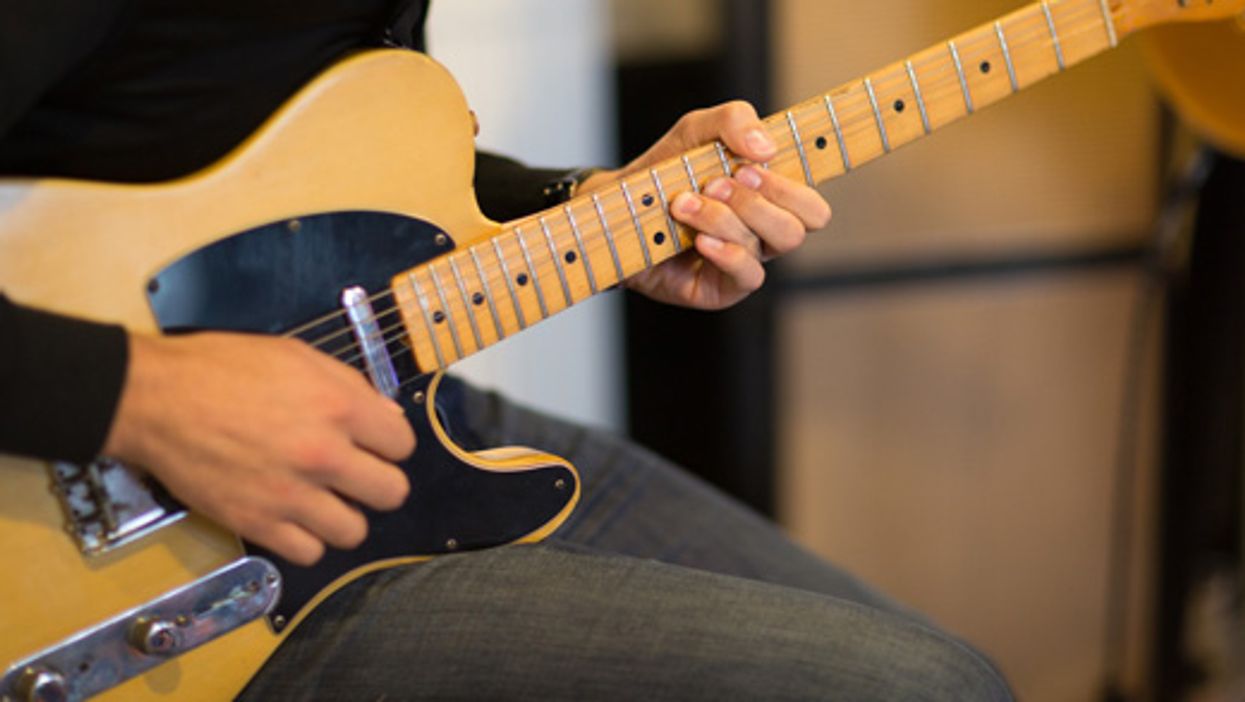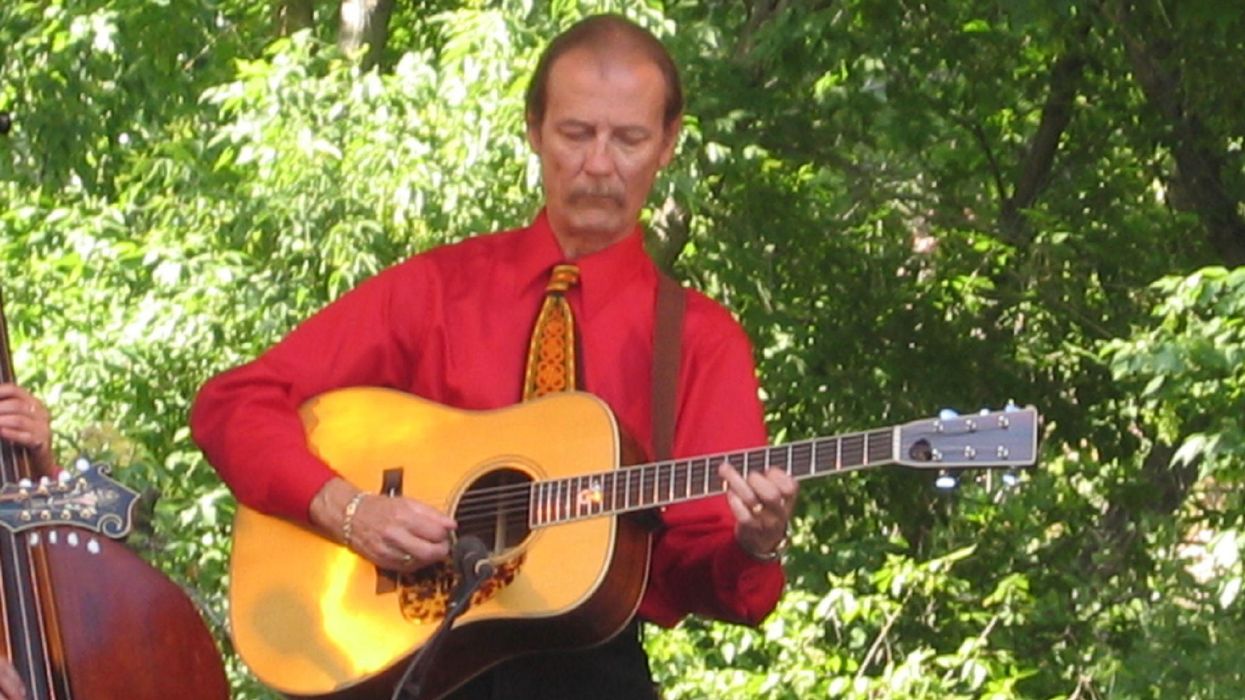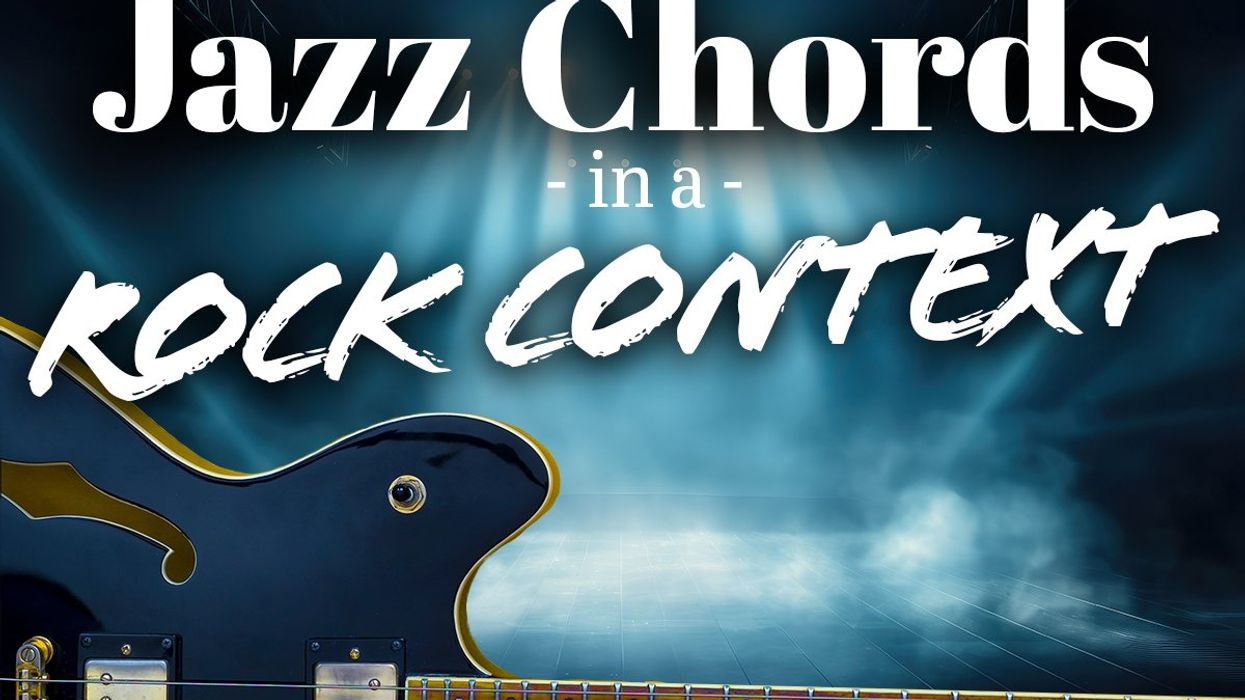Chops: Intermediate
Theory: Advanced
Lesson Overview:
• Unlock the secrets of the
Nohkan flute scale.
• Learn how to use octave
displacement when
practicing scales.
• Create angular phrases by
combining open strings with
fretted notes.
Last year I picked up a copy of Yusef Lateef ’s wonderful book, Repository of Scales and Melodic Patterns. I was overwhelmed by the seemingly endless supply of interesting material: pages upon pages of unusual scales, patterns, and exercises. My first instinct was to get out my guitar and read through the book cover to cover, however I quickly realized I wasn’t going to absorb much of the material skimming through it. Instead I decided to take the opposite approach—depth. By zoning in on one simple scale or pattern in the book and creating my own exercises based on that scale, I was able to extract a huge amount of information from one simple source, while simultaneously absorbing it into my vocabulary in a personal way.
This exercise has many purposes. You cover ear training, technique, getting your fingers to move in new ways on the guitar, and putting your own personal spin on the material. Although you could try this exercise with any scale, the example I will use is one I particularly like—the Nohkan flute scale, which I took from the Japanese scale section of Lateef’s book. In the key of D, this scale looks like this: D–E–G–A–A#–B–C#.
If we are going to describe this scale in jazz terms, we have the root, major 2nd or 9th, 4th, 5th, #5th, 6th and 7th. This scale can be easily adapted to jazz and offers a lot of rich harmonic possibilities. It could be played over major 7#5 or major 6 or 9 chords, for example. The first step in learning the scale will be to play it up and down on the guitar. I have arbitrarily chosen the 5th position to demonstrate this in Fig. 1.
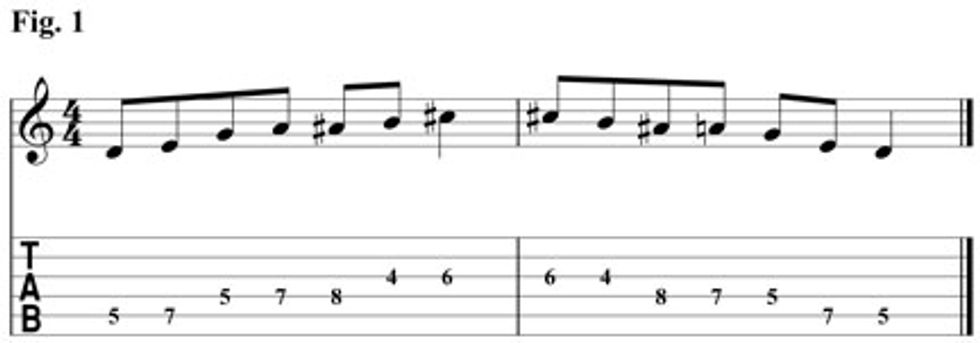
The next step in absorbing this scale is to play it in all 12 keys in the same position on the guitar, starting in the key of C and going through the cycle of fourths. This is a great ear-training exercise. By avoiding sliding the same shape up and down the neck and falling into patterns, you are forced to really hear the scale and think about each interval on the guitar. You can start slow and work your way up in tempo. In Fig. 2, I’ll play the first six keys (C–F–B#–E#–A#–D#) up and down the scale in the 5th position. With each shifting key I will either move up a fourth or down a fifth, in order to stay in position.
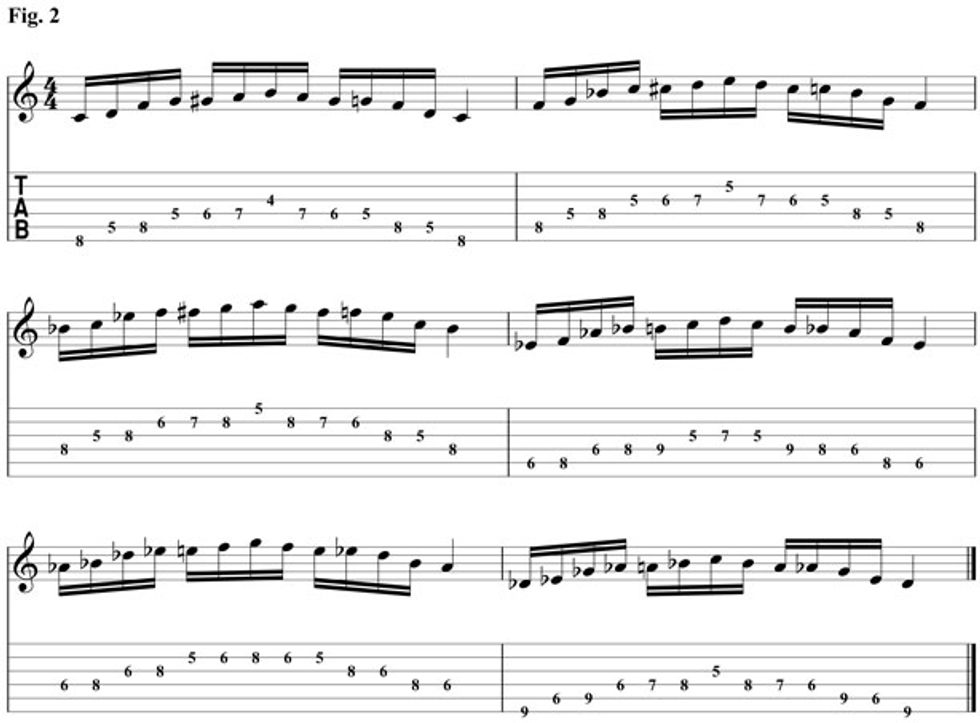
Now let’s play the scale a different way: descending only, in all 12 keys in the 5th position (Fig. 3).
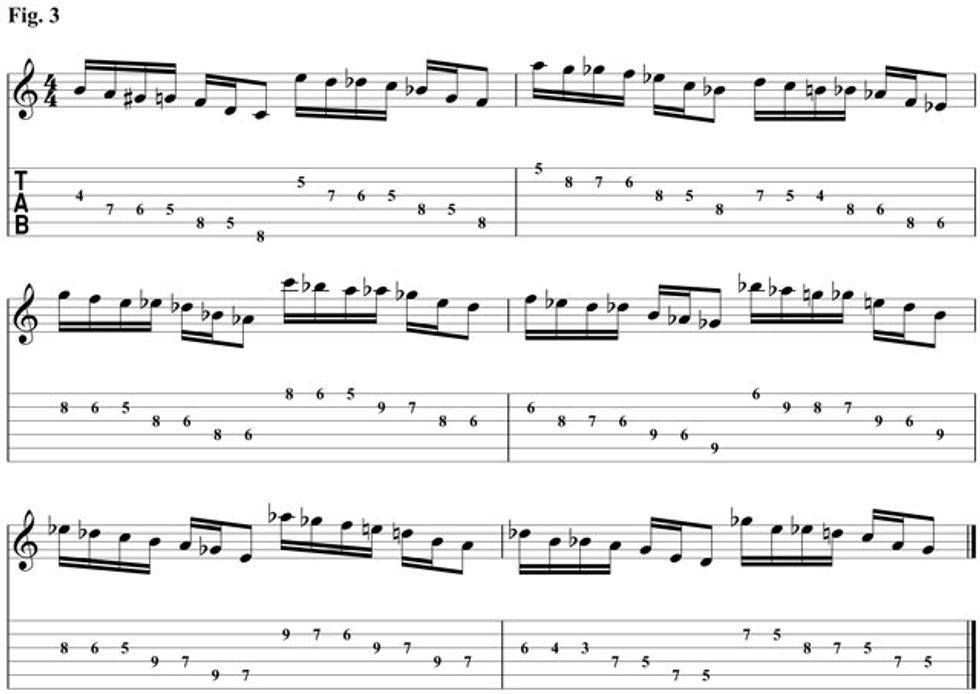
The next step is rhythmic displacement. By not playing the higher octave, we have a seven-note scale. Playing the seven notes as a steady stream of 16th-notes against a quarternote pulse creates a rhythmic displacement of seven-against-four. Let’s try this in Fig. 4 with the same descending scale pattern.
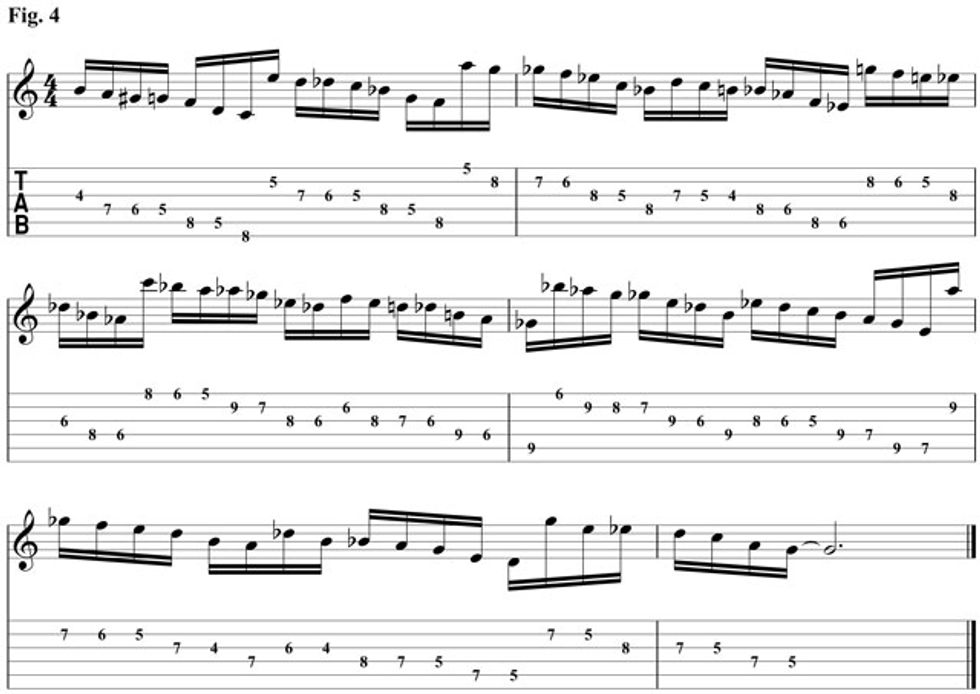
The last step is adding a personal variation. I love to use open strings as accents. This time let’s try playing the ascending scale only, while inserting open strings before the first and second notes of each scale. This creates a nine-note pattern—the seven-note scale plus two open strings— played in a steady stream of 16th-notes to create a nine-against-four rhythmic displacement, as shown in Fig. 5.
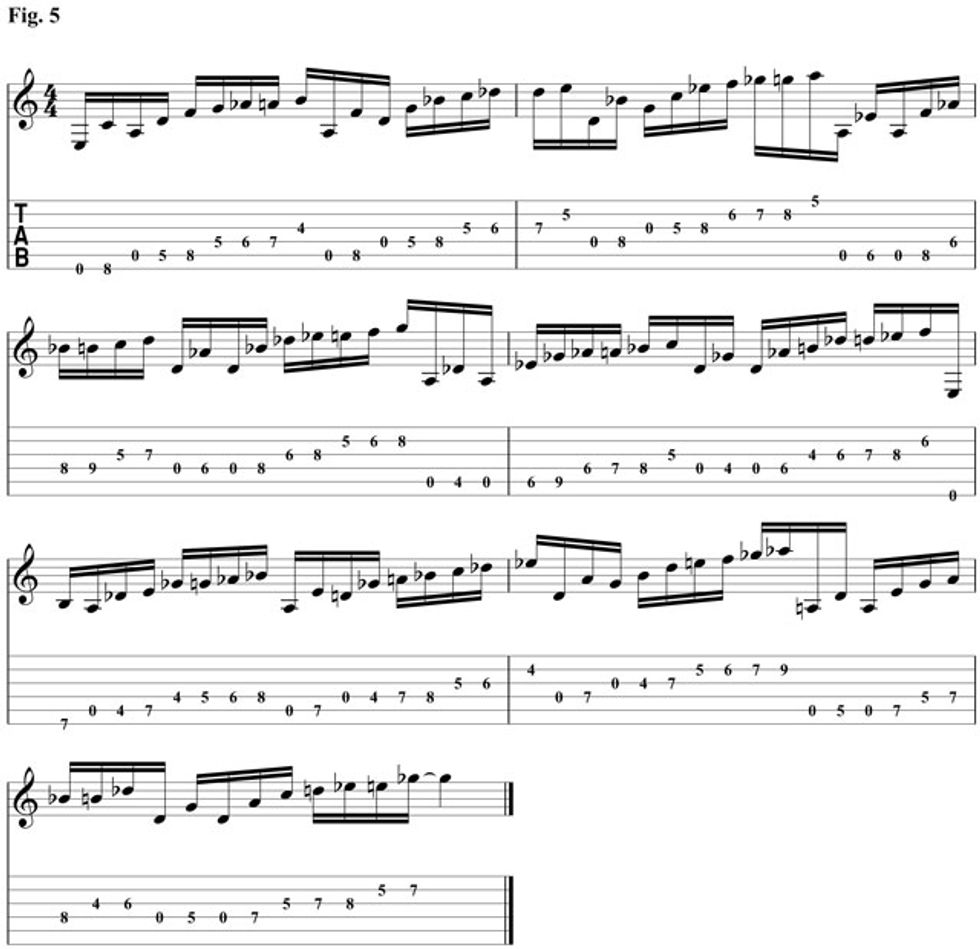
The variations are endless. You could try arpeggiating the scale, starting the scale on a note other than the root, displacing the octave every other note, or alternating ascending and descending scales. You could even try adding accents to the scale. For example, sliding into every third note of each scale, bending the pitch on the first and seventh note, or inserting hammerons and pull-offs.
At the end of this exercise, you will have hopefully learned a new scale and integrated it into your vocabulary, while working on your fluidity on the guitar neck and keeping in mind a personal style of playing.
 Mary Halvorson has been called “NYC’s
least-predictable improviser.” In addition to
her own trio and quintet, Halvorson also coleads
a chamber-jazz duo with violist Jessica
Pavone and the avant-rock band People. She
is an active member of bands led by Anthony
Braxton, Taylor Ho Bynum, Tomas Fujiwara,
Curtis Hasselbring, Ingrid Laubrock, Marc Ribot,
and Tom Rainey among others. For more information,
visit maryhalvorson.com.
Mary Halvorson has been called “NYC’s
least-predictable improviser.” In addition to
her own trio and quintet, Halvorson also coleads
a chamber-jazz duo with violist Jessica
Pavone and the avant-rock band People. She
is an active member of bands led by Anthony
Braxton, Taylor Ho Bynum, Tomas Fujiwara,
Curtis Hasselbring, Ingrid Laubrock, Marc Ribot,
and Tom Rainey among others. For more information,
visit maryhalvorson.com.


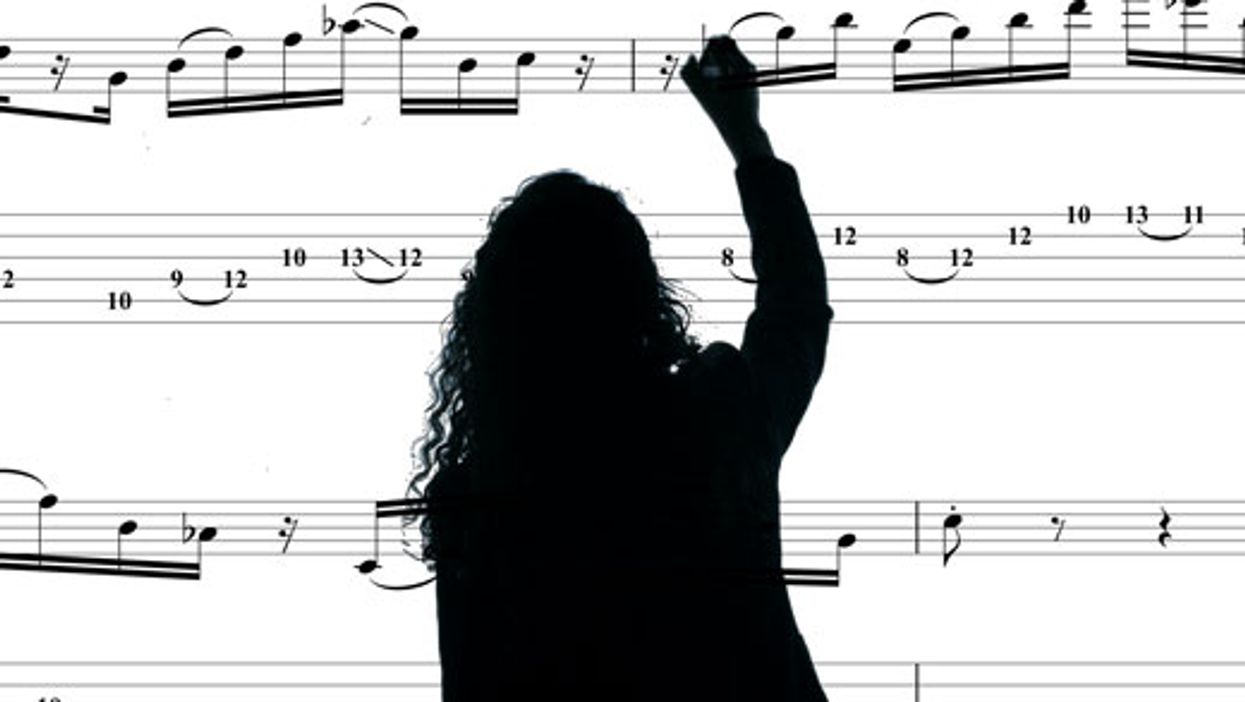


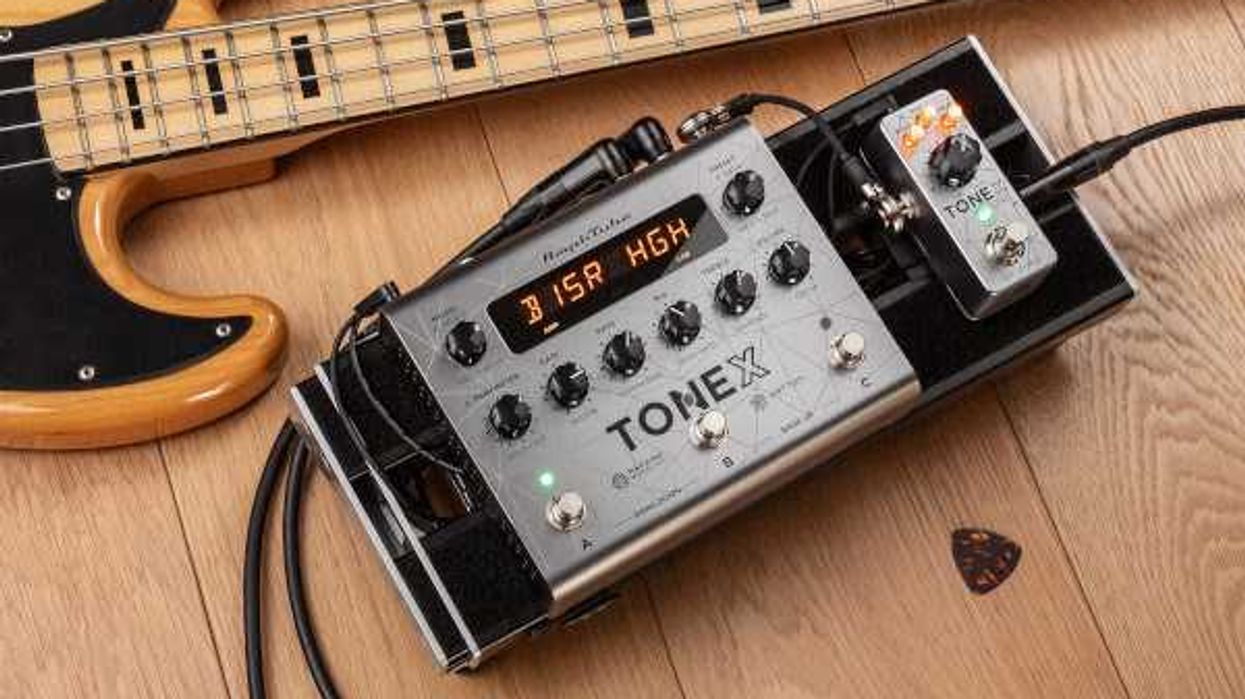
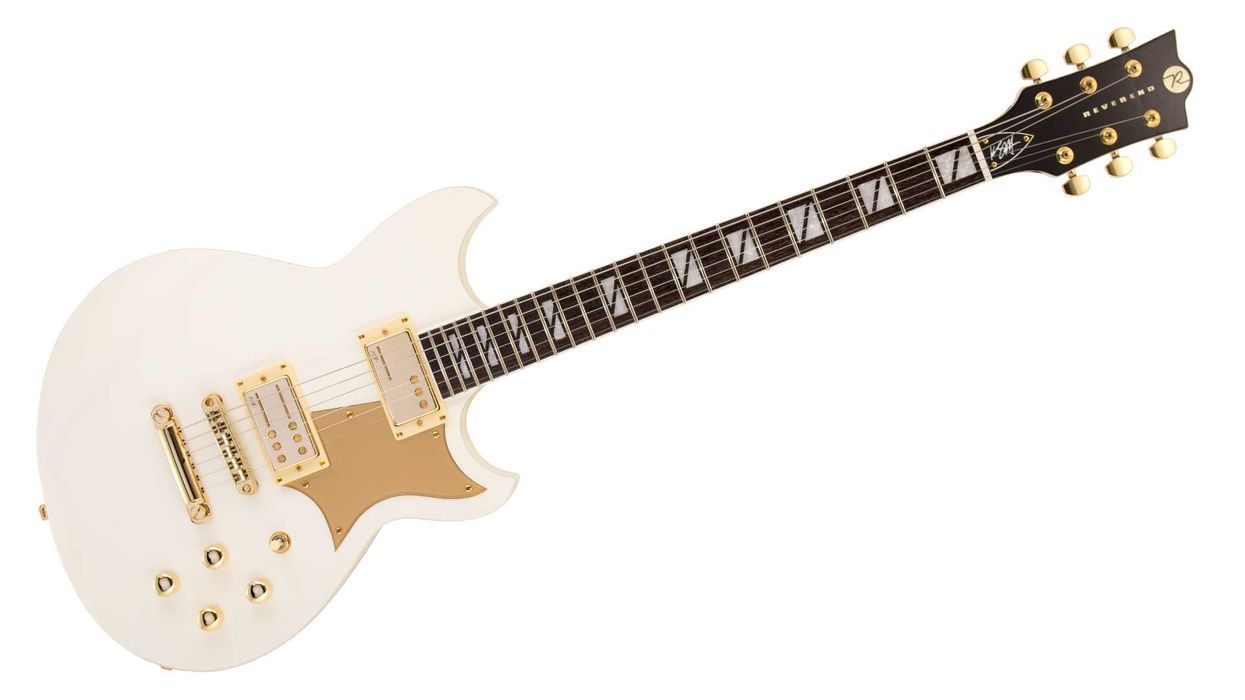
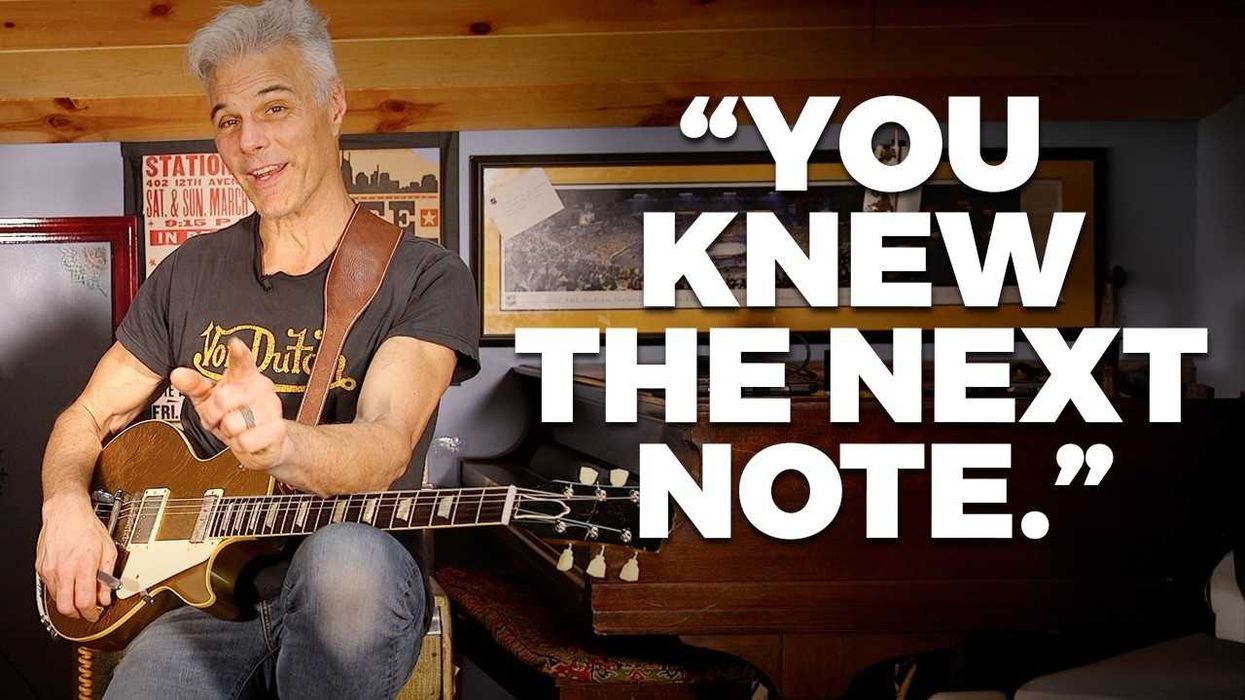
![Devon Eisenbarger [Katy Perry] Rig Rundown](https://www.premierguitar.com/media-library/youtube.jpg?id=61774583&width=1245&height=700&quality=70&coordinates=0%2C0%2C0%2C0)


